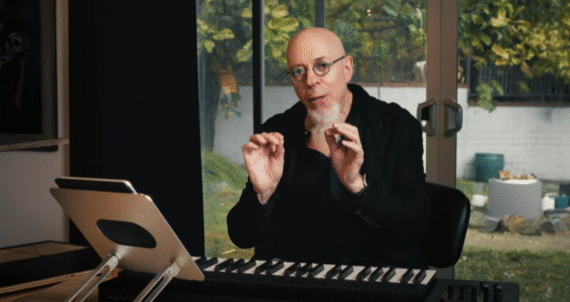Lounge Lizard Expressive Suite Takes The Electric Piano In New Directions
Expressive E has introduced Lounge Lizard Expressive Suite, a collection of 100 MPE presets for AAS’s physically modeled electric piano virtual instrument.
Creating MPE presets for an electric piano might strike some as odd, at first, since physical electric pianos only respond to velocity. But virtual instruments do not have the same constraints as physical ones, so MPE support lets users take the electric piano sound in new directions.

Here’s what Expressive E has to say about the new collection:
“Following the Legend HZ and Dune 3 Expressive Suite, Expressive E expands its collection of expressive sound libraries with a new collaboration—this time with Applied Acoustics Systems, creators of the industry-standard Lounge Lizard EP-5.
Built around AAS’s dual tine-and-reed-based physical modeling engine, Lounge Lizard Expressive Suite explores the full expressive range of classic 9 ’70s electric pianos, from silky, crystal-clear tine tonesto bold, organic reed textures.
Crafted entirely in-house by Expressive E’s MPE sound design team, each preset responds to the finest nuances of velocity, bend-per-note, and aftertouch, bringing unprecedented warmth and musicality to every note.”
The Lounge Lizard Expressive Suite has been fully optimized for Osmose, Expressive E’s flagship MPE synthesizer and controller, and also works seamlessly with any MPE-compatible controller — including Ableton Push 3, ROLI Seaboard, and other expressive keyboards.
Lounge Lizard Expressive Suite is available now, with intro pricing through November 19th, 2025:
- Get both Lounge Lizard & the Suite for $/€ 99.50 (regular price $/€ 199).
- Existing Lounge Lizard owners can get just the Electric Expressions sound bank for $/€ 19.99(regular price $/€ 29.99).




